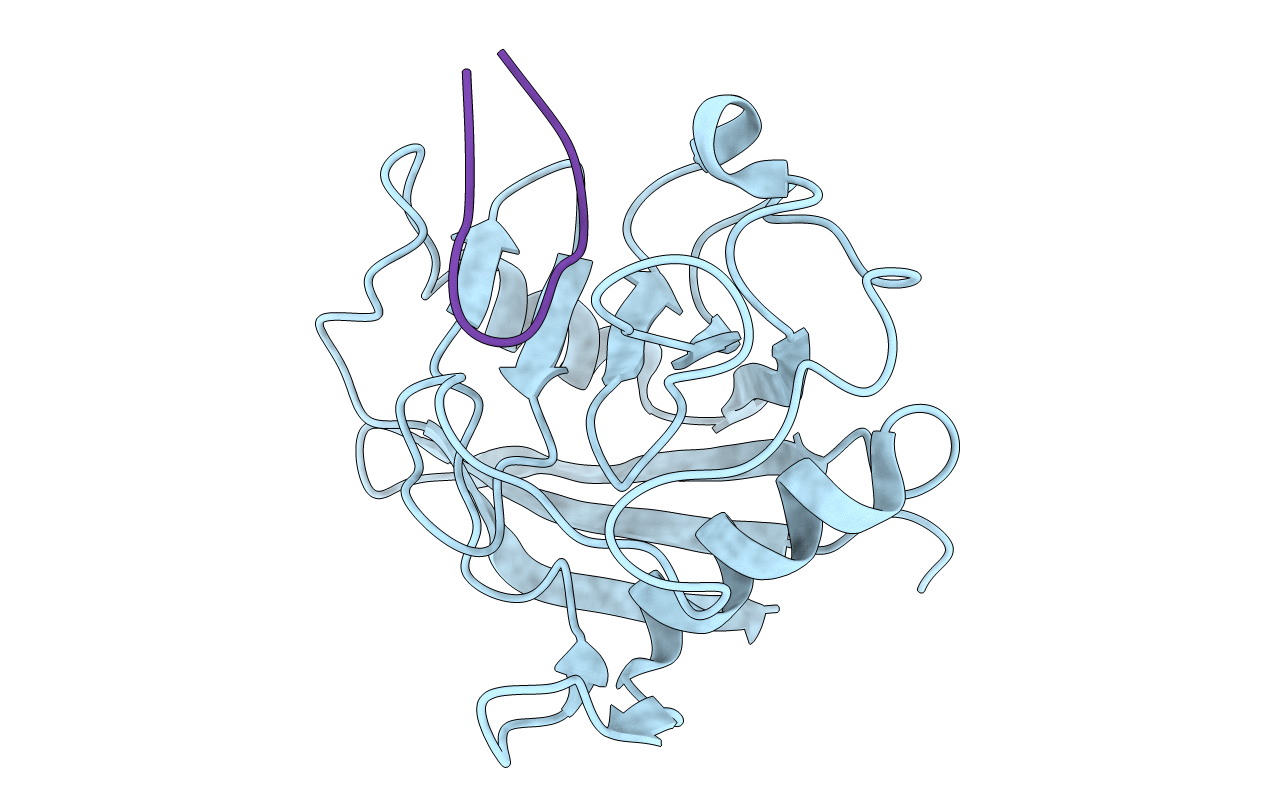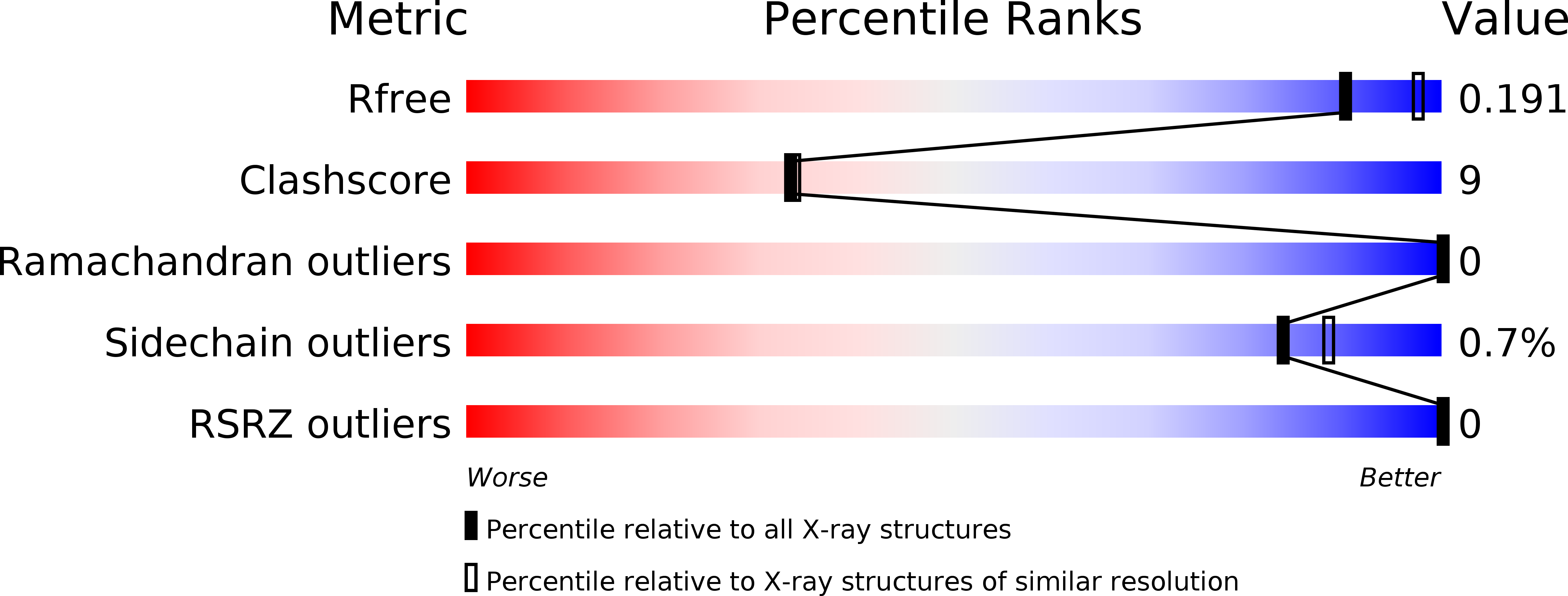
Deposition Date
1999-10-14
Release Date
2000-10-13
Last Version Date
2023-12-13
Entry Detail
PDB ID:
1QNG
Keywords:
Title:
Plasmodium falciparum Cyclophilin complexed with Cyclosporin A
Biological Source:
Source Organism:
PLASMODIUM FALCIPARUM (Taxon ID: 5833)
TOLYPOCLADIUM INFLATUM (Taxon ID: 29910)
TOLYPOCLADIUM INFLATUM (Taxon ID: 29910)
Host Organism:
Method Details:
Experimental Method:
Resolution:
2.10 Å
R-Value Free:
0.19
R-Value Work:
0.15
R-Value Observed:
0.15
Space Group:
P 1


